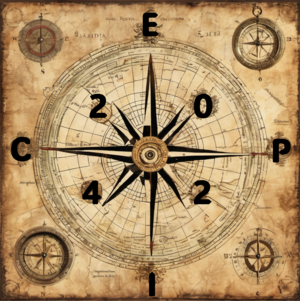Speaker
Description
The neutron skin (NS) is a phenomenon of increased neutron to proton density ratio at the nuclear periphery. It is a prominent probe of the nuclear equation of state, connecting nuclear physics and astrophysics. The PREX experiment was the first to determine the NS in $^{208}$Pb through parity-violating electron scattering but had great uncertainty in the resulting NS thickness. The Mainz Radius EXperiment (MREX) aims to repeat this determination and increase its precision. The solenoid geometry of the experimental setup based on the integrating Cherenkov detector makes it necessary to account for many rate-contributing particles at the simulation stage. Apart from the dominant elastically scattered electrons contribution, these include inelastically, quasielastically, and multiply scattered electrons, as well as secondary produced particles. Their detection results in the shift in the measured parity-violating asymmetry and momentum transfer and must be corrected. In this work, we make predictions for the corresponding corrections with the latest version of the developed Monte-Carlo simulation of the experiment. We study the dependence of these corrections on experimental setup adjustments and minimize the systematic uncertainty introduced by them. Finally, we calculate the measuring time necessary for MREX to match or double the PREX-II precision.
